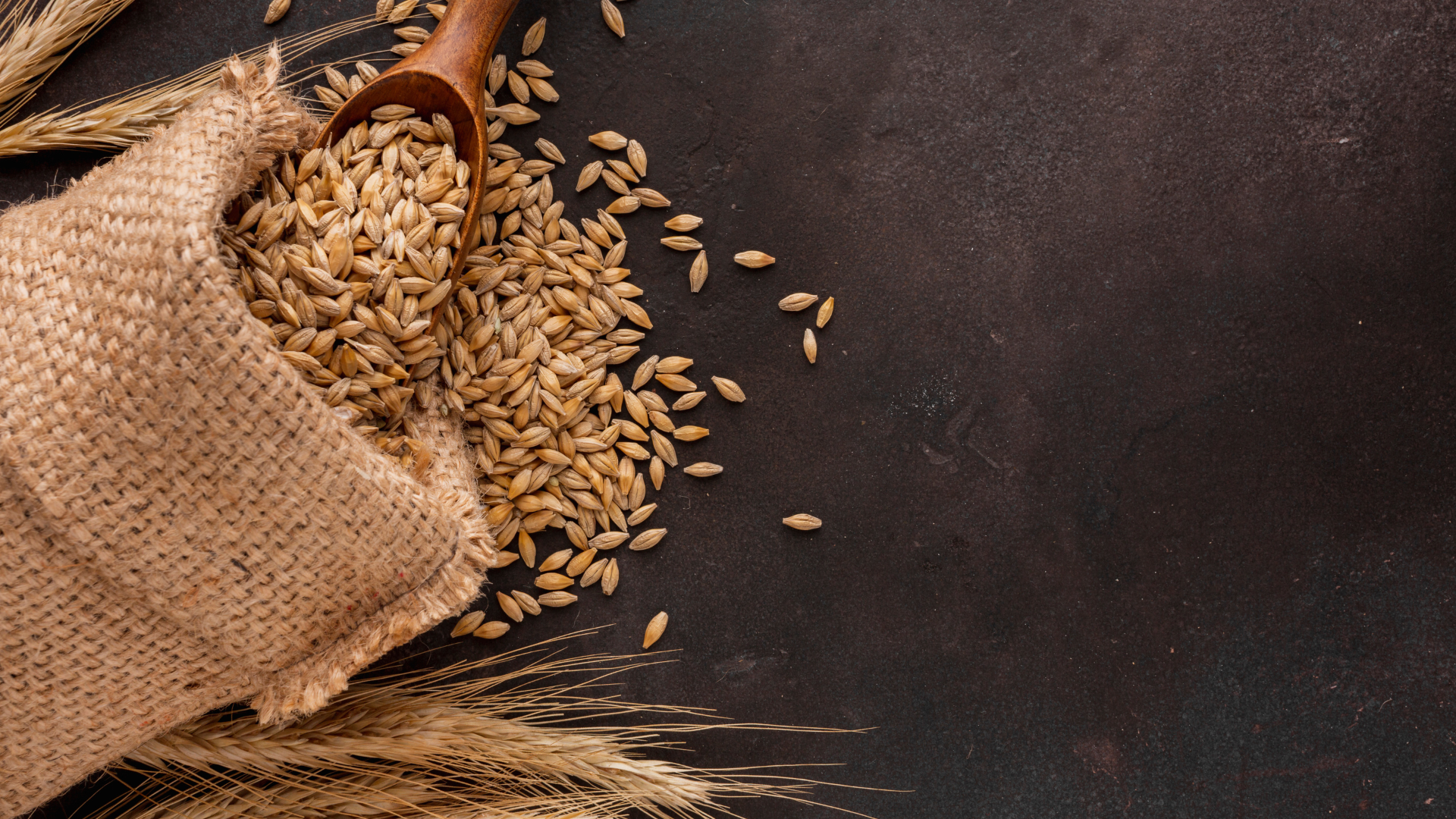Canada and the World across saw the most significant yearly gain in food purchases from restaurants or grocery shops in September (10.3 per cent). Although food costs increased by 10% less in October than in November (6.8%), they remain high.
Many people, over the years, have turned to social media, notably TikTok, in response to this rapid inflation to share how much their grocery bills are and what they are getting for their money.
Since there is currently a lettuce scarcity in Canada, prices for romaine and iceberg lettuce have increased. Many grocery stores have also implemented purchase quantity restrictions and posted signs regarding the issue.
Why is the cost of food so high?
Food costs are not an exception to the effects of the Covid-19 pandemic and other world events on health and the economy globally.
Prices are increased by several factors, such as problems with the supply chain (such as processing, packaging, and transportation), changes in consumer spending habits, previously required business closures that force the redistribution of food from restaurants to stores, and unfavourable weather conditions for growing crops (such as heat waves, extreme rain/flooding, droughts, and freezing temperatures).
Researchers studying health behaviour predict that many Canadians would surely experience increased financial strain at the checkout counter and choose fewer nutrient-dense, less expensive food selections.
Based on data gathered from May to June 2022, it was determined that a single individual in Ottawa would need to spend $392 per month to eat healthfully. The monthly expense rises to $1,088 for a family of four.
Without a doubt, low-income and fixed-income households would be the worst hit (particularly one-person or single-parent households), and the short- and long-term health effects could further strain our already failing healthcare system.
How does the price of food affect your health?
Many Canadians are suffering from food insecurity or limited access due to the rising cost of food. These include a decline in mental health, an increase in diabetes risk, a rise in the prevalence of autoimmune and infectious diseases, and injuries.
According to research, more frequent ER visits, more extended hospital stays, more same-day surgeries, more significant reliance on doctor and home care services, and higher prescription drug use are all substantially linked to increasing family food insecurity.
Older adults may also have medical issues that have dietary restrictions. Meeting these precise nutritional needs may not be attainable due to rising food prices, which could result in further health issues.
Additionally, the rising cost of food is straining school food programs like the Ontario Student Nutrition Program and food banks. School meal programs empower kids by ensuring their bellies are filled and encouraging healthy eating habits.
Food choices and behaviours in children are likely to persist throughout adulthood, making childhood a critical period to have access to healthy meals. School food programs have been found to improve academic outcomes and overall health in the short term. Inadequate nutrition at this stage also hinders healthy development and growth.
How can you reduce your spending?
Food waste is one of the most expensive aspects of eating. The largest food rescue group in Canada, Second Harvest, estimates that food loss and destruction in Canada costs each household $1,766 annually.
Before you go to the grocery store, make a weekly meal plan and a shopping list to help you buy exactly what you need and use what you already have. Make sure you have a second recipe planned for later in the week to use the remaining product if you are only going to use half of it for one dinner.
You may also find bargains and apply coupons using several internet programs, such as Flipp or Reebee. Many food establishments permit price comparison with other retailers. Another way to pay for groceries is using loyalty program points. Your neighbourhood grocery store or retail medicine store might provide discounts for shopping on a particular day of the week if you are a student or older adult.
Last but not least, eating with others may result in lower food expenses as families prepare one meal for everyone to enjoy, which is related to higher diet quality and psychosocial effects.




